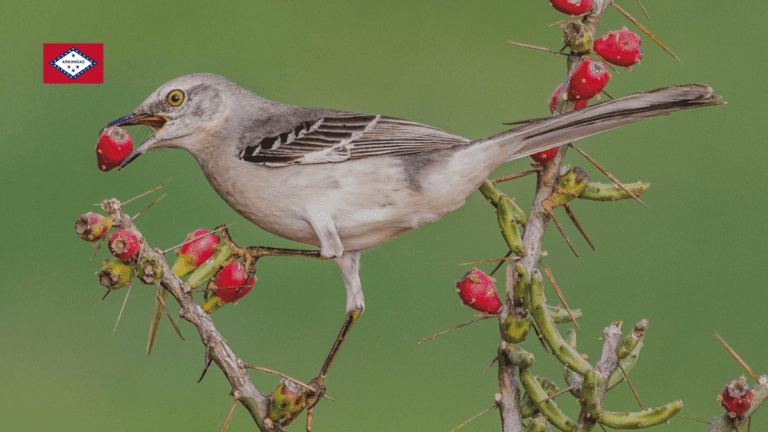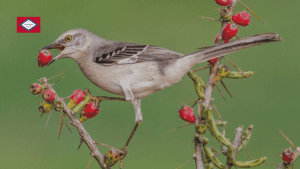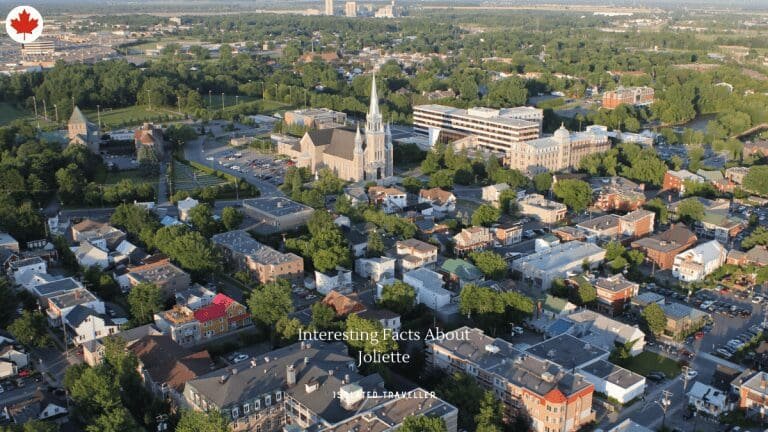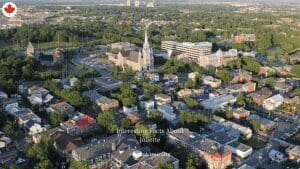How many states are in Canada?
Canada has 13 provinces and territories.
What are the 13 provinces and territories of Canada?
The provinces are Ontario, Quebec, Nova Scotia, New Brunswick, Manitoba, British Columbia, Prince Edward Island, Saskatchewan, Alberta, Newfoundland and Labrador. The territories are Nunavut, Northwest Territories, and Yukon.
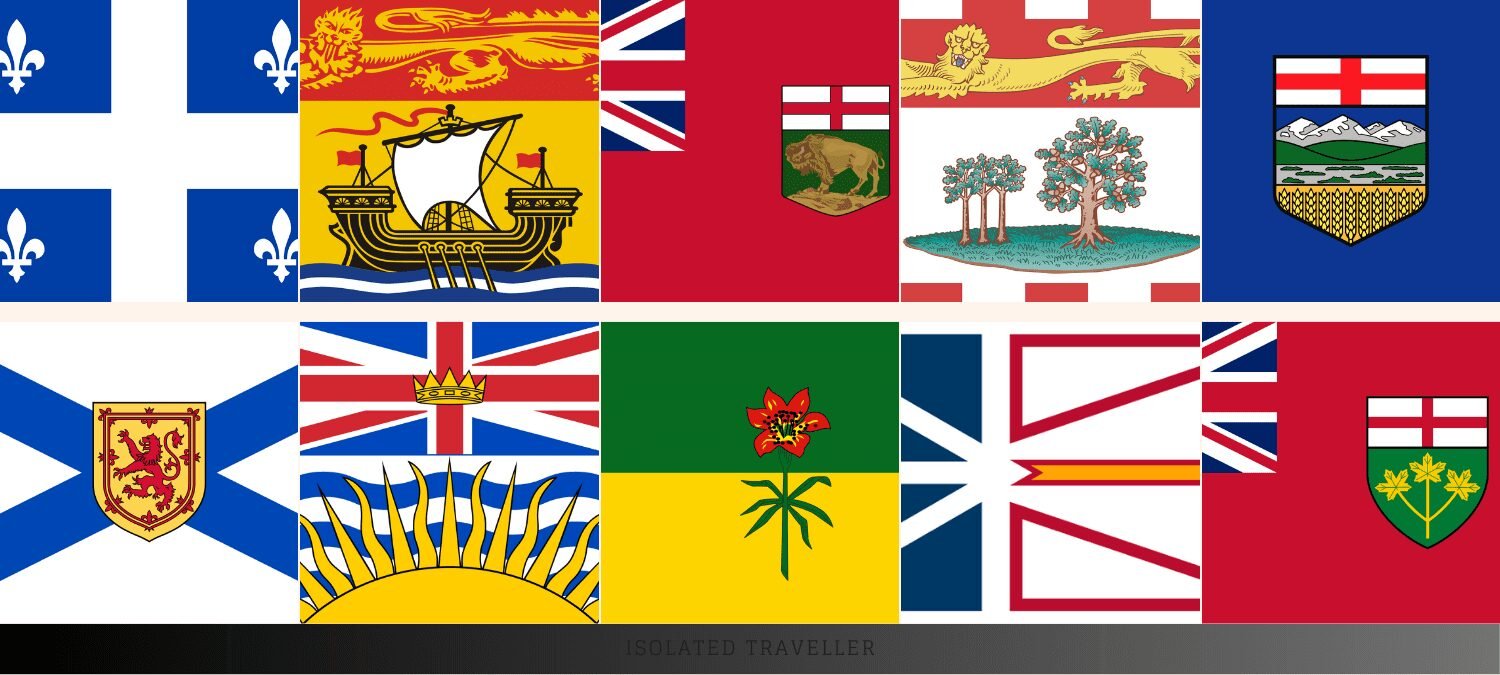
List of Provinces of Canada
Ontario
Ontario is one of the 10 provinces in Canada. It is located in central Canada and is the country’s most populous province, with over 14 million residents. The capital city of Ontario is Toronto, which is also the largest city in Canada. Ontario is known for its diverse landscapes, including the Great Lakes, the Canadian Shield, and Niagara Falls, as well as its strong economy, which is driven by industries such as finance, technology, and manufacturing.
Quebec
Quebec is a province located in eastern Canada. It is the largest province by area and the second-most populous province in Canada, with over 8 million residents. The capital of Quebec is Quebec City, but its largest city is Montreal, which is the second-largest city in Canada. Quebec is known for its French culture, language, and heritage, and is the only province in Canada where French is the official language. Quebec also has a strong economy, with industries such as aerospace, information technology, and pharmaceuticals contributing significantly to its growth.
Nova Scotia
Nova Scotia is a province located in eastern Canada, on the Atlantic coast. It is one of the Maritime Provinces and is the second-smallest province in Canada by area, but it has a population of over 900,000 residents. The capital of Nova Scotia is Halifax, which is also its largest city. Nova Scotia is known for its beautiful coastline, seafood, and historical significance, with many historic sites and landmarks, such as the Fortress of Louisbourg and the Halifax Citadel National Historic Site. The province’s economy is mainly based on industries such as fishing, forestry, agriculture, and tourism.
New Brunswick
New Brunswick is a province located in eastern Canada, bordered by Quebec to the north, Nova Scotia to the east, and Maine, USA, to the west. It has a population of over 780,000 residents, and its capital city is Fredericton. New Brunswick is known for its natural beauty, with the Bay of Fundy, which has the highest tides in the world, being a popular tourist attraction. The province’s economy is diverse and includes industries such as forestry, mining, and manufacturing, as well as a growing technology sector.
Manitoba
Manitoba is a province located in central Canada, bordered by Ontario to the east, Saskatchewan to the west, Nunavut and Hudson Bay to the north, and the United States to the south. It has a population of over 1.3 million residents, and its capital and largest city is Winnipeg. Manitoba is known for its diverse landscapes, including forests, lakes, rivers, and prairies, as well as its cultural and historical attractions, such as the Canadian Museum for Human Rights and the Forks National Historic Site. The province’s economy is based on industries such as agriculture, mining, manufacturing, and tourism.
British Columbia
British Columbia is a province located on the west coast of Canada, bordered by the Pacific Ocean to the west, the province of Alberta to the east, and the U.S. states of Washington, Idaho, and Montana to the south. It is the third-largest province by area and has a population of over 5 million residents. The capital of British Columbia is Victoria, but its largest city is Vancouver. British Columbia is known for its natural beauty, including the Rocky Mountains, rugged coastline, and vast forests, as well as its diverse culture and history. The province’s economy is driven by industries such as forestry, mining, tourism, and technology.
Prince Edward Island
Prince Edward Island (PEI) is a province located in eastern Canada, off the coast of the mainland. It is the smallest province in Canada by both land area and population, with just over 150,000 residents. The capital of PEI is Charlottetown, and it is known for its scenic landscapes, sandy beaches, and charming small towns. PEI is also famous for being the setting of the classic novel “Anne of Green Gables” by Lucy Maud Montgomery. The province’s economy is based on industries such as agriculture, fishing, and tourism.
Saskatchewan
Saskatchewan is a province located in central Canada, bordered by the Northwest Territories to the north, Manitoba to the east, Alberta to the west, and the U.S. state of Montana to the south. It has a population of over 1.1 million residents, and its capital and largest city is Regina. Saskatchewan is known for its vast prairies, which make up much of the province’s landscape, as well as its natural resources, including potash, uranium, and oil. The province’s economy is driven by industries such as agriculture, mining, and energy. Saskatchewan is also home to several universities and research centres, which contribute to the province’s growing technology and innovation sectors.
Alberta
Alberta is a province located in western Canada, bordered by British Columbia to the west, Saskatchewan to the east, the Northwest Territories to the north, and the U.S. state of Montana to the south. It has a population of over 4.4 million residents, and its capital city is Edmonton, while its largest city is Calgary. Alberta is known for its natural beauty, including the Canadian Rockies, Banff National Park, and Jasper National Park, as well as its abundant natural resources, such as oil, natural gas, and coal. The province’s economy is based on industries such as energy, agriculture, forestry, and tourism. Alberta is also home to several world-renowned universities and research institutions.
Newfoundland and Labrador
Newfoundland and Labrador is a province located on the eastern coast of Canada. It is the easternmost province and consists of two main areas, the island of Newfoundland and the mainland portion called Labrador. The province has a population of over 520,000 residents, and its capital city is St. John’s. Newfoundland and Labrador is known for its rugged coastline, pristine wilderness areas, and rich cultural heritage, including a strong tradition of fishing and seafaring. The province’s economy is based on industries such as fishing, mining, and energy, including offshore oil and gas development. Newfoundland and Labrador is also home to several universities and research institutions.
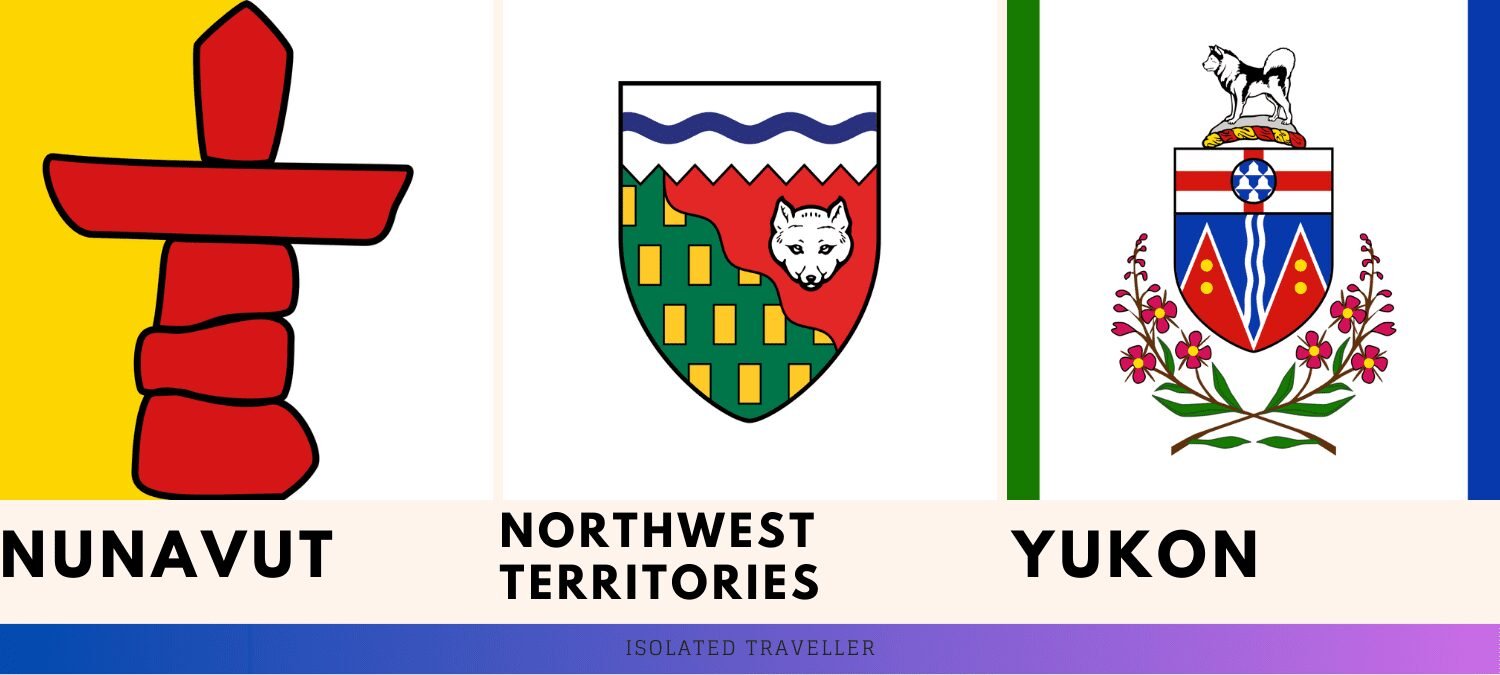
List of Territories of Canada
Nunavut
Nunavut is a territory located in northern Canada, covering a vast area of over 2 million square kilometres. It was created in 1999 from the eastern portion of the Northwest Territories, and it has a population of approximately 40,000 residents, most of whom are Inuit. The capital of Nunavut is Iqaluit, and the territory is known for its unique culture, including traditional Inuit practices, such as hunting, fishing, and crafting. Nunavut is also home to several national parks and wilderness areas, including Auyuittuq National Park and Quttinirpaaq National Park. The territory’s economy is based on industries such as mining, tourism, and government services.
Northwest Territories
The Northwest Territories is a territory located in northern Canada, covering a vast area of over 1.3 million square kilometres. It is bordered by Nunavut to the east, Yukon to the west, and British Columbia, Alberta, and Saskatchewan to the south. It has a population of just over 44,000 residents, most of whom live in the capital city of Yellowknife or other small communities throughout the territory. The Northwest Territories is known for its stunning natural beauty, including the aurora borealis, the Great Slave Lake, and the Mackenzie River. The territory’s economy is based on industries such as mining, oil and gas development, and tourism, as well as traditional Indigenous activities such as hunting, fishing, and trapping. The Northwest Territories is also home to several national parks and wilderness areas, including Nahanni National Park Reserve and Tuktut Nogait National Park.
Yukon
Yukon is a territory located in northwestern Canada, bordering Alaska to the west and the Northwest Territories to the east. It has a population of just over 40,000 residents, most of whom live in the capital city of Whitehorse or other small communities throughout the territory. Yukon is known for its rugged, mountainous terrain, including the famous Klondike gold fields, as well as its stunning natural beauty, including Kluane National Park and Reserve, which is home to Canada’s tallest mountain, Mount Logan. The territory’s economy is based on industries such as mining, tourism, and government services. Yukon is also home to several Indigenous First Nations communities, and the territory’s government has worked to recognize and support their unique cultures and ways of life.
List of Territories & Provinces
| Provinces / Territories | Population | Area km² |
| Ontario | 14.57 million | 1.076 million km² |
| Quebec | 542,298 | 1.668 million km² |
| Nova Scotia | 971,395 | 55,284 km² |
| New Brunswick | 776,827 | 72,908 km² |
| Manitoba | 1.369 million | 647,797 km² |
| British Columbia | 5.071 million | 944,735 km² |
| Prince Edward Island | 156,947 | 5,660 km² |
| Saskatchewan | 1.174 million | 651,900 km² |
| Alberta | 4.371 million | 661,848 km² |
| Newfoundland and Labrador | 521,542 | 405,212 km² |
| Nunavut | 38,780 | 2.093 million km² |
| Northwest Territories | 44,826 | 1.346 million km² |
| Yukon | 40,232 | 482,443 km² |



